How the engine of the washing machine works: the principle of operation + how to replace in case of breakdown
Choosing a home helper, we are usually guided not only by the appearance, but also by the technical characteristics. And the washing machine motor is one of the important parameters that deserves close attention, right?
We offer to understand the operational qualities, the specifics of the device and the functioning of different types of motor - for the sake of objectivity, we conducted a comparative analysis of the engine operating parameters.
In addition, they told how to diagnose the engine, and also outlined the rules for connecting and operating the washing machine, compliance with which will extend the life of the home assistant.
The content of the article:
Varieties and features of engines
In washing machines use 3 main types of motors: collector, inverter, asynchronous. They differ technically and functionally, have their pros and cons. Consider each type in detail.
View # 1 - small and budget collector
The collector motor is equipped with most washers on the market. Its design is an aluminum case, inside of which is a rotor, stator, tachometer and two brushes.
The latter are placed in the device in order to ensure contact between the motor and the rotor. Through them, current is supplied to the armature, a magnetic field is formed, which starts rotation. The voltage in the network significantly affects the speed of this rotation.
The collector motor is located at the bottom of the machine, with a belt pulley connected to the drum pulley. Brushes and strap are design flaws. The brushes wear out over time the belt needs to be replacedsince over time it wears out and stretches.
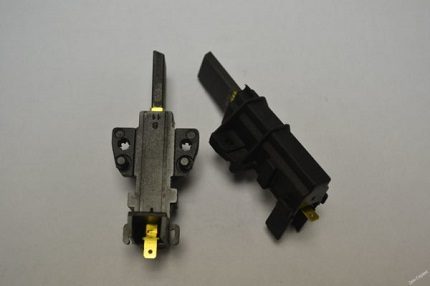
The advantages of the mechanism:
- works from direct and alternating current;
- small in size;
- easy to repair if a breakdown occurs;
- simple wiring diagram.
To overcome the frictional force of the belt, the entire mechanism spends more energy. This leads to low efficiency due to increased electricity consumption.
But the statement is quite controversial, because the main consumption falls on the heater, and not on the engine. Real savings in comparison with the next type is 2-5%.
View # 2 - innovative and compact inverter
Inverter motors began to equip washers in 2005. The development of this variety belongs to the company. LG For a long time, innovation provided the manufacturer with market leadership.
Later, inverter motors began to use Samsung, Bosch, Aeg, Whirlpool, Haier.
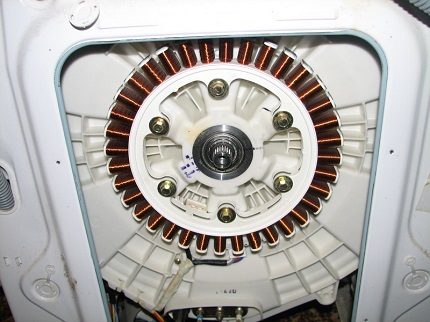
What is the design feature? In the absence of a collector-brush assembly and direct drive. Such an engine is mounted directly on the drum and does without a transmission belt in its operation.
The anchor in it is assembled on magnets, the voltage is supplied to the stator windings in the form converted by the inverter, so the speed of revolutions can be regulated and controlled.
Inverter Advantages:
- simple and compact design;
- profitability due to the lack of the need to spend electricity to overcome the frictional force in the collector-brush assembly;
- almost silent;
- there are no rapidly wearing elements (brushes, belts), therefore the service life is long;
- low vibration during spin;
- the ability to set a high speed for spin.
In some models of cars with an inverter, it is possible to configure the modes of rotation of the drum. This is an advantage for the manufacturer. LG provides technology 6 Motion. But such washing machines cost more, and repairs are expensive due to the price of components.
View # 3 - quiet and simple asynchronous
Such engines are two- and three-phase. The first model belongs to the obsolete category and in the XXI century it is almost everywhere discontinued.
The second can be found in early washers Bosch, Candy, Miele, Ardo. The rotor of the induction motor is located at the bottom of the washer, connected to the drum by a belt, so they work simultaneously.
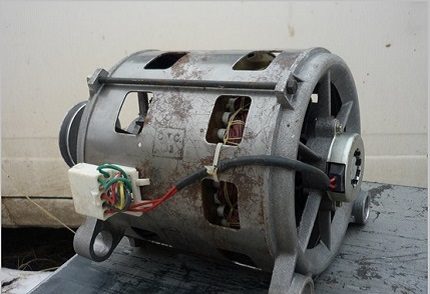
Pluses of model:
- easy to maintain;
- quietly works;
- relatively cheap;
- simple construction - simple repair.
The induction motor is unpretentious in maintenance - the main task of the user is to timely replace the bearings and lubricate the motor.
But there are also flaws in it. Due to its principle of operation, it is not possible to find high power in its characteristics. Torque can be weakened at any time, the drum will cease to perform full revolutions, the washing quality will deteriorate greatly.
And another feature - electrical circuits are difficult to manage. With all its advantages, the induction motor has sunk into oblivion, the main competition in the market is between inverters and collectors.
Benchmarking Models
Information on the type of engine and drive can be found in the machine passport. This information must be owned by the sales assistant. You can preliminarily compare which engine is best for each list of customer requirements. But first, look at the deceitful maneuvers of manufacturers of a particular type of engine.
Parameter number 1. No rubbing parts in the inverter. This is not true, there are the same number of bearings in the mechanisms, but there are no brushes in it.
But how many brushes are there that scare buyers of collectors so much? 10-15 thousand hours or up to 15 years of work on a daily basis for 2-3 hours a day.At the same time, the guaranteed service life of the machine itself is 7-10 years. Yes, and there are brushes about 5 dollars. In an inverter washer, as in a collector one, it may be required bearing replacement.
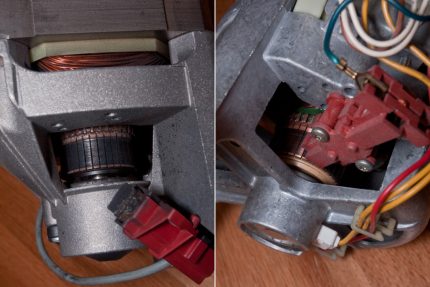
Parmatet №2. Noise. Yes, the “brush” motor is noisier, but the inverter also emits a characteristic squeak. The main sound is still produced not by the motor, but by a pump paired with a drum. During the spin, the inverter also beeps, resembling a mosquito.
Parameter number 3. Energy saving. An inverter consumes up to 20% less power than a collector. This is due to more precise adjustment of the speed and load on the engine itself.
What does it look like in practice? You are loading an incomplete drum. The collector will spin it as much as possible, and the inverter stabilizes the speed. But we considered earlier that the savings as a result are negligible, because the heater will still spend all its energy on heating.
Conclusion: if the noise is not so important and you are ready for constant care of the washer, choose a collector. This type of engine can significantly save on the purchase. If the priority is the characteristics of power, noiselessness, durability, it is worth taking a closer look at inverter models.
The manufacturer sets a guarantee for it for at least 10 years. But it applies only to the inverter, other parts of the machine may not be too wear-resistant.
We check the operability of the mechanism
On sale there are machines only with inverter and commutator motors, so we will consider these two varieties, we omit the asynchronous one.
Looking for a direct drive engine failure
The inverter is not intended for repair at home. The surest option is to try system testing if your machine model is capable of this.
Self-diagnosis will give a trouble code, its decryption and will help to understand where the problem is and whether the services of the wizard are needed.
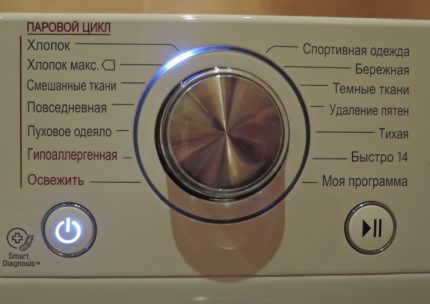
If you still want to remove the inverter, stick to the correct algorithm:
- We disconnect the device from the power supply. It is recommended to wait a few minutes for all the elements to be completely de-energized.
- We unscrew the bolts, remove the back panel.
- We find the screws under which the wiring is attached, we unscrew them.
- Before disconnecting the wires, we photograph or sketch them, so that later all the power sources can be connected correctly.
- Remove the central bolt that holds the rotor. The rotor must be held in the process to prevent rotation.
- We remove the assembly of the rotor, and behind it the stator.
- Disconnect all wire connectors.
Now you can inspect the engine. It is unlikely to thoroughly test the inverter. What can be done? Check the integrity of the rotor winding.
Often in such engines, the Hall sensor breaks. Whether it is efficient is possible to find out only in a workshop, if you replace the part with a new one.
We carry out diagnostics of a belt drive
To check the collector, you must first remove it from the housing. Why remove the back panel, disconnect the wires and unscrew the bolts. It is permissible to tuck a screwdriver in the places of fastening of the bolts, where dirt is often layered and sticking occurs.
Now proceed to the diagnosis. We connect the stator and rotor winding wires according to the scheme. We connect all this to electricity. With the device, everything is in order if the rotor began to rotate.
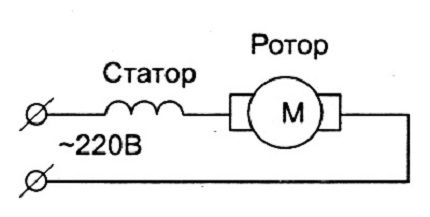
To avoid a short circuit, ballast in the form of a heating element can be connected to this circuit. We connect the ballast from the rotor side.It will start to warm up, thereby protecting the engine from combustion.
The collector is a multi-part design and they all require verification. The first in line are the notorious brushes. They are located on the sides of the case. We get them and inspect.
If they are worn out, a replacement is needed. A clear sign of such a need - the engine sparks during rotation. To buy new brushes, take old ones with you and write down information about the model of the washer.
The next element is the lamellas. They serve as current transmitters to the rotor. These parts are glued to the shaft and in case of jamming of the motor, their detachment is not excluded.
If a lathe is available to you, small delamination can be eliminated on it. Do not forget to clean the chips with fine sandpaper.
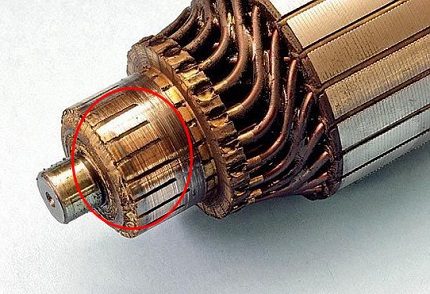
Now we proceed to the stator and rotor windings. If a short circuit appears in them, the collector heats up, which causes the thermistor to trip. Result - power is lost or the mechanism completely stops working. We test the windings with a multimeter in resistance mode.
The stator is checked in buzzer mode. The ends of the wiring are alternately tested with probes. If no signal follows, everything is fine with the part. You can determine the location of the circuit by connecting one probe to the wiring, and the second to the body.
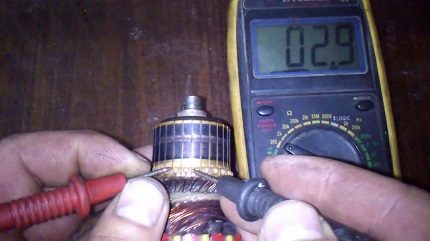
If the appliance is silent, this is normal. In the event of a breakdown, it will be necessary to create a new winding for self-repair, but for a layman it is difficult.
If you still need to replace the engine, usually just enough to install a new part in place of the old one. After all the manipulations, do not forget to turn on the machine and check its operation.
How to extend the life of the washing machine engine?
Compliance with electrical safety will not only protect you from accidents, but also extend the life of any type of engine. Also, the proper operation of the owner affects the operability of the washer.
Step # 1 - connect to the power supply correctly
To properly connect the machine to the network, you need to observe only 6 criteria.
The first thing we pay attention to is power, cross-section and wire mark. The power of most models ranges from 2000-2500 watts. By power, we determine the cross section of the supply wires. Tables with the necessary parameters can be found in GOST 31946-2012.
A two-wire aluminum cable is not suitable for powering the washing outlet, you need to lay copper and three-wire. Most often, copper cables with section parameters of 2.5 square meters are installed in our apartments. mm
You can protect this line with circuit breakerin which the rated current indicators are indicated by a value of 16 A.
Now you need to determine the brand of the supply wire, based on power and cross-section. The PUNP wire cannot be used.
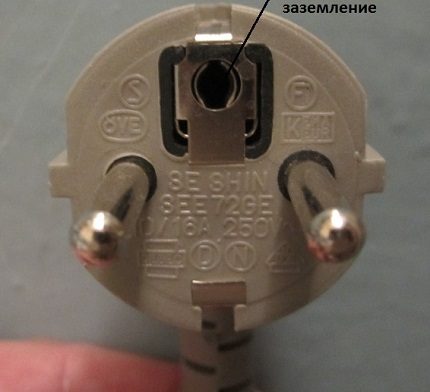
The next point is grounding. If the house does not have grounding, you need to take care of this yourself. You can split the PEN conductor so as not to have problems with this.
Still need ground outlet. Ideal - with ceramic fittings and increased protection class for rooms with high humidity (if the outlet in the bathroom).
It is better not to use a tee, adapter, extension cord in the connection. And if in your house there are frequent voltage drops, connect the machine through the converter.
Recommended to get an RCD - an automatic machine that turns off the power in case of problems in the network. Its parameters should not exceed 30 mA.Ideally, if you manage to organize the power supply of the washing machine from a separate group in the electrical panel.
It is categorically impossible to do grounding by combining a machine body and heating or water pipes. And the second taboo is the installation of a jumper in the outlet, where there is zero and a ground contact.
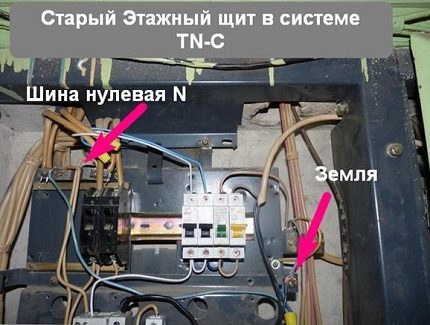
Step # 2 - operate the equipment carefully
There are certain operating rules that affect the operation of the engine. Do not allow children to play soft buttons. Do not open the detergent compartment during washing.
Prohibitions also include a sudden change of program. If you have a mechanically controlled machine, do not turn the program selector counterclockwise.
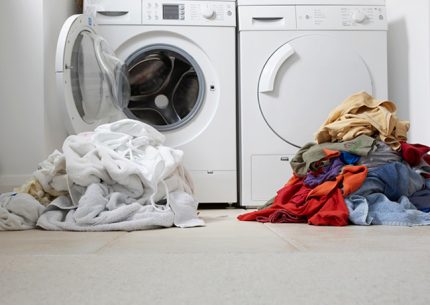
Conclusions and useful video on the topic
You can learn how to fix an out-of-standing engine with your own hands from a useful video compilation.
Repair the washer if the inverter does not rotate:
How to check the collector with an ohmmeter:
We select the wire section for connecting the washing machine:
Each type of engine has its own advantages and disadvantages. Choose a variety for your requirements. If you prefer the most modern designs with excellent technical indicators and the budget does not matter, choose an inverter.
If you need reliable equipment for a relatively low price and you are ready to repair in case of breakage, buy a collector. And do not forget to properly connect the machine to the mains.
Have you ever had to repair the engine of a washing machine? Please tell us what was the specifics of disassembling the unit, and whether it was possible to repair the equipment. We look forward to your comments, questions and advice on the implementation of the repair - the contact form is located below.

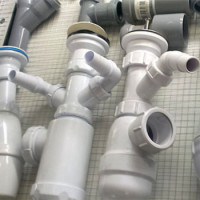 Siphon for connecting a washing machine: operating principle, types and installation rules
Siphon for connecting a washing machine: operating principle, types and installation rules 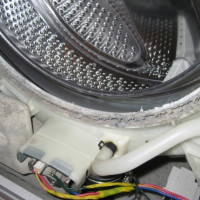 The washing machine drum does not spin: 7 possible reasons + repair recommendations
The washing machine drum does not spin: 7 possible reasons + repair recommendations 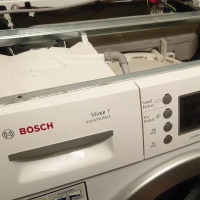 Bosch washing machine errors: troubleshooting + recommendations for resolving them
Bosch washing machine errors: troubleshooting + recommendations for resolving them  LG Washing Machine Errors: Popular Trouble Codes and Repair Instructions
LG Washing Machine Errors: Popular Trouble Codes and Repair Instructions 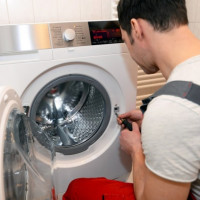 DIY Samsung washing machine repair: analysis of popular breakdowns and repair tips
DIY Samsung washing machine repair: analysis of popular breakdowns and repair tips  Pump for a washing machine: how to choose + how to replace
Pump for a washing machine: how to choose + how to replace  How much does it cost to connect gas to a private house: the price of organizing gas supply
How much does it cost to connect gas to a private house: the price of organizing gas supply  The best washing machines with dryer: model rating and customer tips
The best washing machines with dryer: model rating and customer tips  What is the color temperature of light and the nuances of choosing the temperature of the lamps to suit your needs
What is the color temperature of light and the nuances of choosing the temperature of the lamps to suit your needs  Replacement of a geyser in an apartment: replacement paperwork + basic norms and requirements
Replacement of a geyser in an apartment: replacement paperwork + basic norms and requirements
In fact, with a good manual on how to replace the washing machine’s engine, a novice will be able to make repairs. Yes, the problem lies elsewhere. How to find an identical engine, and even better just the one that stood and burned out. I covered all the markets in my city, went through the Internet, online and offline stores with spare parts. I found and cost this engine almost as much as I would give for an engine that was being repaired. So, repairing yourself is not always profitable.
I don’t quite agree, nevertheless to replace the washing machine’s engine - this is not a button to pull out of the drum. Without skills, it’s better not to take it, because it’s difficult to cope only with manuals and videos, in my opinion. And often not all the necessary tools at home are available. I’d better pay the normal master that he would do everything right the first time. Their nerves are still more expensive.
Repairing is profitable when you know what you are doing. If a person with little understanding in repair gets into it, then he risks then to give even more money.